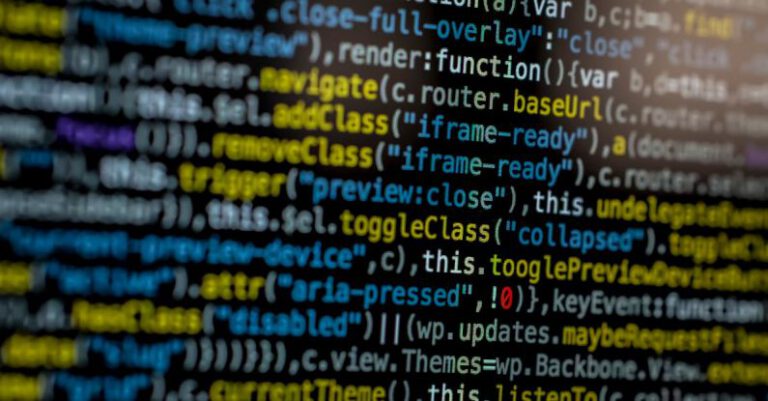What Are the Best Practices for Debugging Javascript in Php Applications

Debugging JavaScript in PHP applications can sometimes be a challenging task, especially when dealing with complex codebases. As PHP and JavaScript often work together in web development, it’s crucial to have effective debugging practices in place to ensure smooth functionality and performance. In this article, we will explore some of the best practices for debugging JavaScript in PHP applications that can help streamline the process and enhance the overall development experience.
Understanding the Interaction Between PHP and JavaScript
Before diving into debugging techniques, it’s essential to have a solid understanding of how PHP and JavaScript interact within an application. PHP is a server-side language that generates dynamic content, while JavaScript is a client-side language that enhances user interactions. When debugging JavaScript in PHP applications, it’s crucial to differentiate between server-side and client-side issues to pinpoint the root cause of any bugs or errors effectively.
Utilizing Browser Developer Tools
One of the most powerful tools for debugging JavaScript in PHP applications is the browser developer tools. Modern web browsers such as Chrome, Firefox, and Safari come equipped with robust developer tools that allow you to inspect elements, monitor network activity, debug JavaScript code, and much more. By utilizing these tools, you can track down JavaScript errors, debug AJAX requests, and analyze the performance of your code in real-time.
Console Logging for Quick Debugging
Console logging is a simple yet effective technique for debugging JavaScript in PHP applications. By strategically placing console.log statements in your JavaScript code, you can output relevant information to the browser console and track the flow of your code execution. This can help you identify variables’ values, trace function calls, and locate potential bugs without disrupting the application’s user interface.
Using Breakpoints in Debugging
Another powerful debugging technique is using breakpoints in your JavaScript code. Breakpoints allow you to pause the execution of your code at specific points and inspect the current state of variables, functions, and objects. By setting breakpoints in critical areas of your code, you can step through the execution line by line, analyze the program flow, and identify any logic errors or unexpected behavior that may be causing issues in your PHP application.
Remote Debugging with IDEs
For more advanced debugging scenarios, remote debugging with integrated development environments (IDEs) can be a game-changer. IDEs like Visual Studio Code, PhpStorm, and Eclipse offer remote debugging capabilities that allow you to connect to a live server, inspect JavaScript code, and debug PHP applications seamlessly. This can be particularly useful when dealing with complex client-server interactions or debugging code running on a remote server.
Testing and Debugging Across Multiple Browsers
Cross-browser compatibility is a common challenge in web development, and debugging JavaScript in PHP applications across multiple browsers is no exception. To ensure consistent performance and functionality, it’s essential to test your code in different browsers and debug any browser-specific issues that may arise. Tools like BrowserStack and CrossBrowserTesting can help you simulate various browser environments and identify compatibility issues early in the development process.
Wrapping Up: Elevate Your Debugging Game
In conclusion, debugging JavaScript in PHP applications requires a combination of technical skills, tools, and best practices to ensure a smooth and error-free user experience. By understanding the interaction between PHP and JavaScript, leveraging browser developer tools, utilizing console logging, using breakpoints, remote debugging with IDEs, and testing across multiple browsers, you can elevate your debugging game and streamline the development process effectively. Remember, effective debugging is not just about fixing bugs—it’s about enhancing code quality, optimizing performance, and delivering a seamless user experience in your PHP applications.





